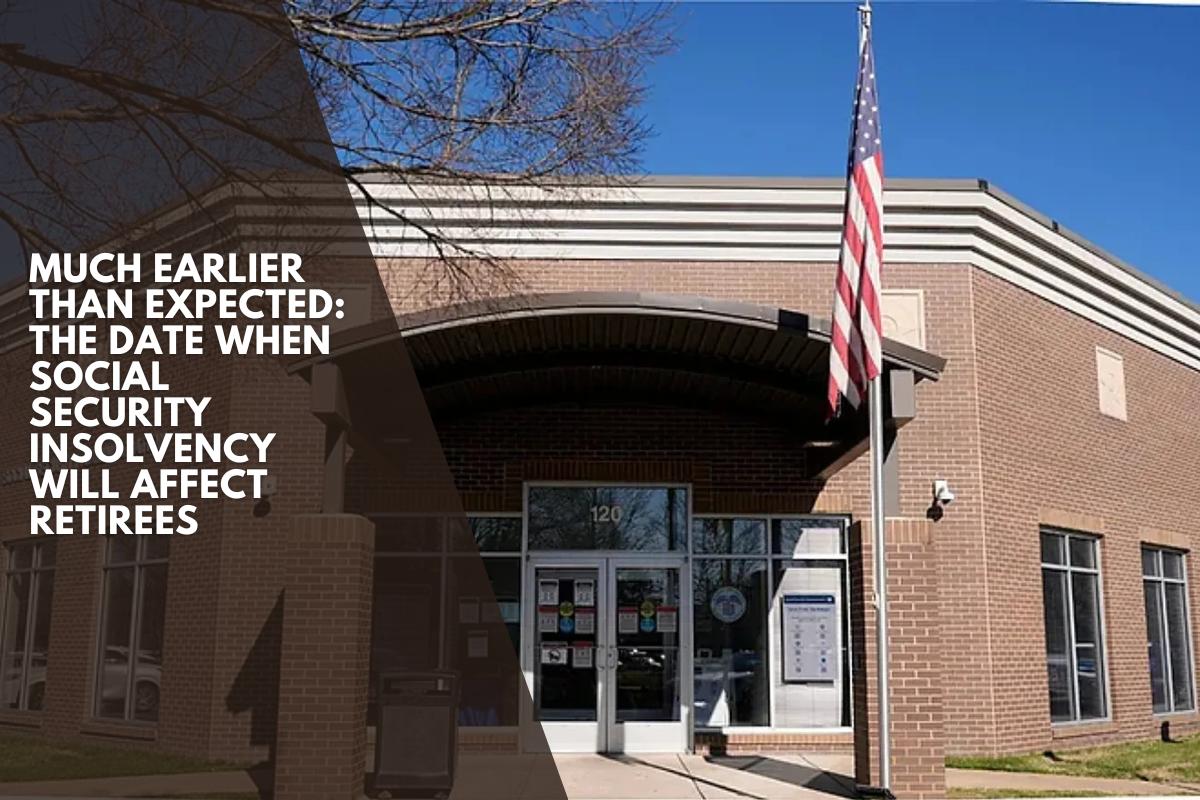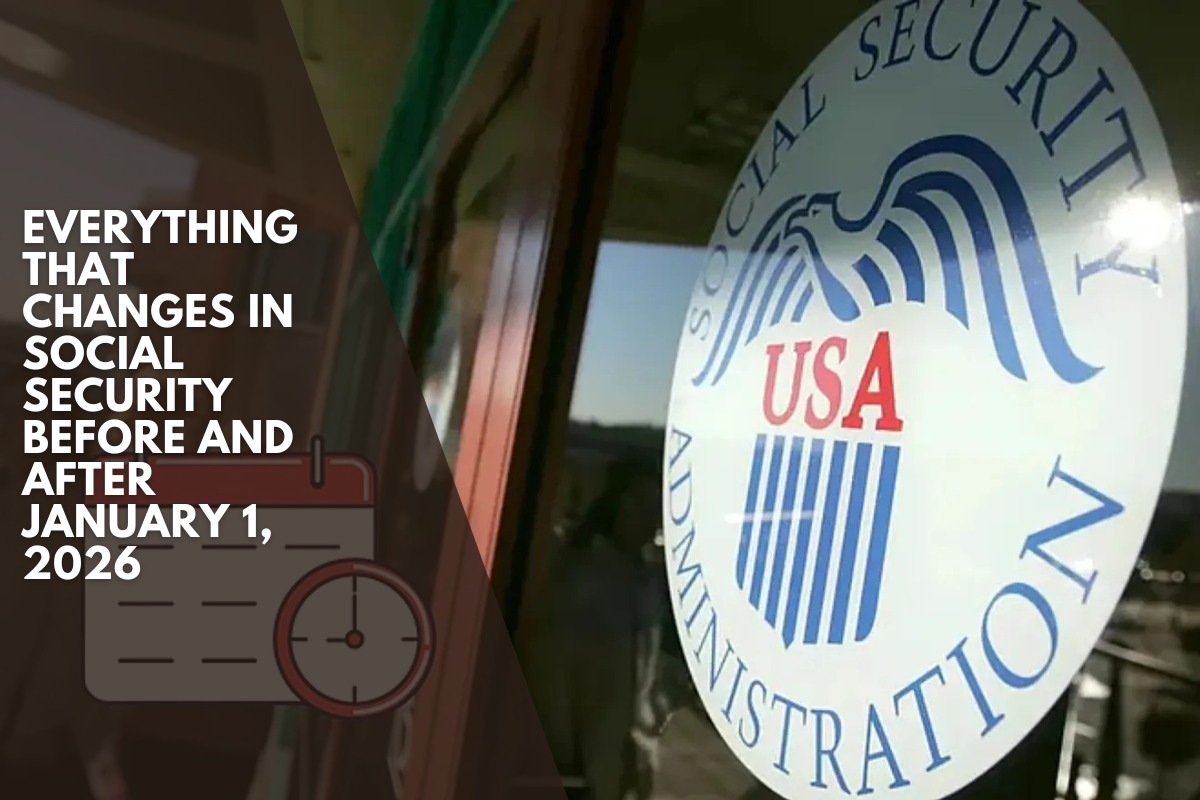Recent tax legislation changes have accelerated the trust fund’s financial collapse, which could have a direct impact on retirees, SSI, and SSA beneficiaries in less than a decade.
The impact of the new tax law on Social Security
The recent legislative package known as the One Big Beautiful Bill Act (OBBBA) has had an immediate and concerning impact on the financial stability of Social Security. According to a report by the Office of the Chief Actuary, the insolvency date of the program’s trust funds has been moved from the third quarter of 2034 to the first quarter of the same year.
This shift is due to the implementation of permanent income tax cuts and expanded temporary deductions, particularly for older adults. These tax changes, while popular in some sectors, have resulted in a net cost increase of approximately $168.6 billion for the OASDI (Old-Age, Survivors, and Disability Insurance) funds, which are part of the SSA system.
What exactly does insolvency mean for retirees?
Insolvency does not imply that Social Security will stop paying benefits entirely, but rather that it will only be able to cover what it collects in taxes without assistance from the trust fund. This translates into an automatic 24% reduction in payments beginning in 2034 if no corrective action is taken.
For a middle-income household with two incomes, this could result in a loss of up to $18,100 per year, or approximately $1,509 per month. Single-income households would see a reduction of approximately $13,600 per year. The figures are even more concerning for higher-income households, which could lose up to $24,000 per year.
A crisis affecting millions
More than 62 million Americans currently rely on Social Security, the majority of whom are retirees with no other significant sources of income. The possibility of such a drastic reduction in their benefits threatens to drive many into poverty or into reliance on other social programs such as SSI.
Furthermore, the report warns that if no action is taken, cuts could reach 30% by the end of the century. This emphasizes the critical need for structural reform to ensure the system’s long-term viability for current and future generations.
What can legislators do?
Experts warn that ignoring the problem is equivalent to accepting the automatic cuts. The lack of political action thus far has been attributed to the fear of addressing such a sensitive issue as Social Security, but time is running out.
Some proposals include raising the retirement age, increasing the SSA income tax cap, and even altering the benefit formula. However, all of these options necessitate political will and bipartisan agreement, which has been in short supply in recent years.
The clock is ticking
The Social Security insolvency date is no longer a distant threat. With the new timetable, lawmakers have less than a decade to act. Meanwhile, millions of retirees and future beneficiaries face an uncertain future.
It is crucial that citizens become informed and demand real solutions to protect one of the most important pillars of the social security system in the United States.












